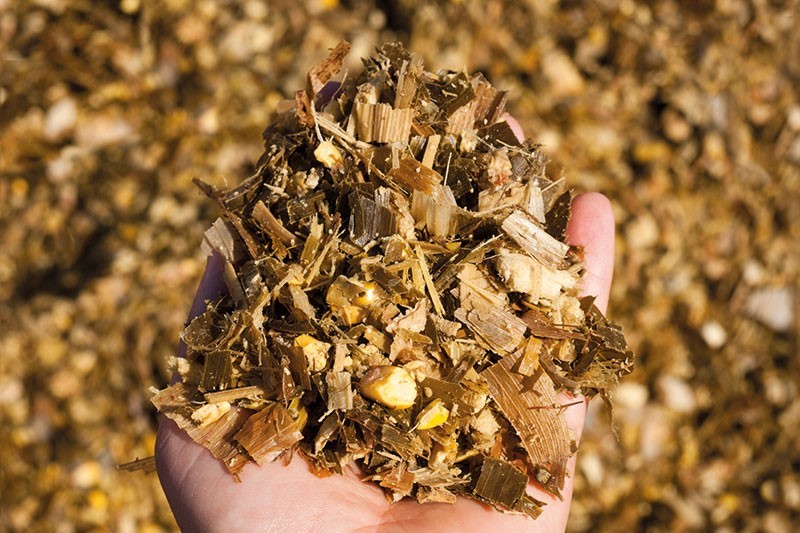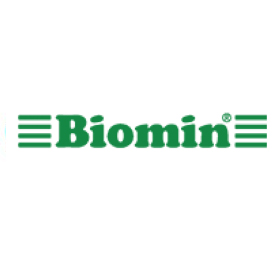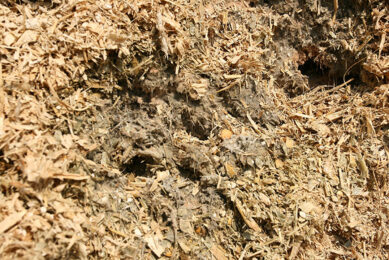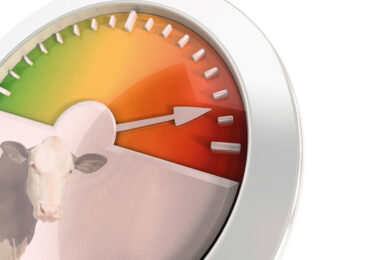Get more out of your corn silage

Corn silage is successfully grown around the world in most climates, but timely harvesting and correct ensiling procedures are required to ensure the highest quality is achieved.
In many places, corn silage is the main ingredient of cattle diets. It provides an excellent source of energy along with fibre to stimulate chewing activity. It has high nutrient content to support production while also being economical.
The plant itself grows well in a wide range of climates on many different types of soil. Even in regions with unpredictable rainfall, corn for ensiling grows and remains a more reliable source of nutrients than other forages. However, in order to become a valuable and palatable diet ingredient, it must be harvested in a timely manner and preserved appropriately. If the ensiling process of a very good corn crop is poorly executed, problems will arise for the farm manager and the animals at feed-out.
Why is harvest time so important in silage production?
In practice, the maize harvest for silage takes place in one of two ways. It either falls in the very busy time of late summer, when there is an increased workload and a shortage of time, machinery and people due to all the other necessary work that must be carried out, resulting in the maize harvest being delayed. Alternatively, harvest falls in early autumn as one of the last fieldwork tasks of the year, in the period of lower temperatures, shortening days and frequent rainfall, which hinder or prevent the entry of machines into fields. Neither situation is ideal.

If late summer harvesting happens in southern countries, the undesired drying of leaves, stems and kernels promotes the development of fungi and other harmful microorganisms. These are then transported with the plants and stored in the silo. Over time, starch in the kernels changes into a less available form. The dried leaves and stalks become less digestible for the animals and more difficult to cut down into short pieces for proper compaction. There is likely to be a high level of mycotoxin contamination, causing further problems when the contaminated silage is fed.
With early autumn harvesting more popular in cooler regions located further north, maize has a very slow start after planting due to the reduced soil temperature. In many cases, the corn must be harvested before the grain is fully matured, due to the high risk of early frost. In those regions with prolonged periods of coolness accompanied by abundant, long-lasting rains, the harvest of immature plants is further hindered by poor field conditions, preventing the use of harvesting machines. Both scenarios cause further problems with ensiling and feeding out.
Problems expected with delayed harvest
Any delay to the silage harvest will increase the risk of contamination with fungi, moulds and yeast. This causes both aerobic and anaerobic instability of the ensiled material, leading to a significant reduction of nutrients. Dried plants are more difficult to cut and many leaves are left uncut, having slipped through the knives of the harvester, making them resistant to compaction.
Proper compaction of such a material is almost impossible; a lot of oxygen will remain hidden in the stems, which will cause further problems with yeast activity and a general instability of the ensiled material due to heating. Plants harvested with a relatively low dry matter content in rainy, wet conditions are exposed to significant soil pollution with high risk of Clostridia, Listeria and Enterobacteriaceae contamination.
All pathogens that are present on plants will also be present in the storage silo, competing for nutrients including carbohydrates and proteins. During their growth, microorganisms will also carry out their own fermentation, reducing nutrient content of stored material and leading to poor palatability.
Preventing these undesirable microorganisms getting into the ensiled material
The only way to reduce the microorganism content is by creating conditions in the ensiled material that will quickly stop or at least limit their growth. Unfortunately, this is not an easy task. When the growth of Clostridia and Enterobacteriaceae limit the rapid reduction in pH, yeast and Listeria can still cope with only slightly acidic conditions.
Compaction and elimination of oxygen will also not always work as yeast and Clostridia are not affected by oxygen reduction. Yeast can survive under both aerobic and anaerobic conditions and Clostridia needs anaerobic conditions for growth and reproduction. Table 1 shows some methods of controlling microorganisms.
Limiting the growth of harmful microorganisms
BioStabil Mays from Biomin is a solution for ensiling corn with such a wide range of pathogens. The unique combination of strains contained in the solution (L. kefiri, L. brevis, L. plantarum) has been show to effectively fight the pathogens during the ensiling process.
Forage is the main component of the ration. In order to reduce costs on farm, forage quality needs to be high. With high-quality, well-preserved forage, we can expect high dry matter intakes and better digestibility of nutrients, followed by enhanced feed conversion, and ultimately higher farm profitability.






